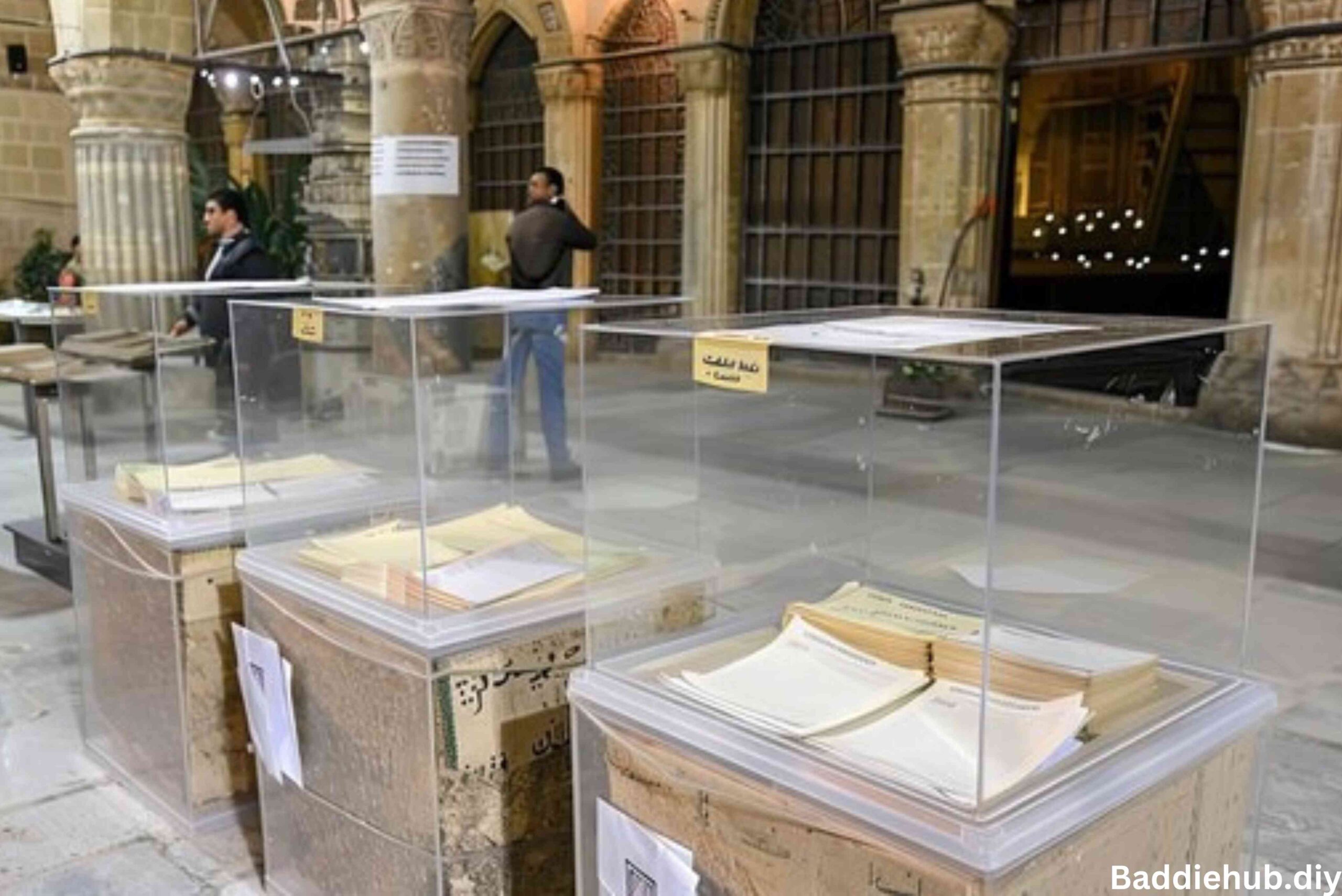Bunkralbum might sound like a strange word, but beneath its quirky name lies a fascinating world filled with history and architecture that could captivate anyone with an interest in unique buildings and cultural artifacts. In this article, we’ll explore the origins, importance, and architectural features of bunkralbum, taking you on a journey through its compelling past. So, if you’re curious about what bunkralbum is and why it’s worth your attention, keep reading!
What is Bunkralbum?
At its core, bunkralbum refers to a category of historical or modern structures that are notable for their unique design, purpose, or cultural relevance. These buildings aren’t just places to stay or work; they tell a story. Often, bunkralbum represents architectural experimentation or reflects the political, social, or economic conditions of their time. Understanding bunkralbum involves appreciating how architecture intersects with history, culture, and human ingenuity.
But why is bunkralbum so special? Well, these structures stand out for their ability to blend practicality with visual appeal, often becoming symbols of innovation or resistance. They’re more than just buildings; they’re windows into the past, offering a glimpse of the era in which they were created.
Origins of Bunkralbum: Tracing Its Beginnings
Bunkralbum didn’t appear out of nowhere. Like any significant movement or architectural trend, it has its roots in a series of historical events. The term itself may have evolved over time, but it gained prominence in specific periods marked by conflict, industrial growth, or technological advancement.
Bunkralbum’s origins can be traced back to military and defense architecture, where bunkers were constructed to provide safety and shelter. However, these structures were often transformed over time for other uses, such as housing, storage, or even artistic spaces. The term “bunkralbum” emerged as a way to categorize these reimagined spaces that held both historical and architectural value.
The Significance of Bunkralbum in Historical Context
The importance of bunkralbum goes far beyond its physical structure. These buildings are often tied to significant historical events, such as wars, revolutions, or periods of rapid urbanization. They embody the struggles, triumphs, and transitions of society.
For instance, during times of war, many bunkers and similar structures were built for protection. After the conflict, these buildings sometimes found new life as cultural spaces, housing archives, or even museums. The ability to repurpose these spaces speaks volumes about the resilience of human culture, showcasing how societies can adapt to changing needs and contexts.
Bunkralbum Architecture: A Blend of Tradition and Innovation
Bunkralbum architecture is unique because it represents a delicate balance between tradition and innovation. The use of existing architectural principles and materials, like concrete and steel, combined with newer design concepts, results in structures that are both functional and striking.
Imagine the fusion of age-old building techniques with cutting-edge technology—it’s like seeing an ancient castle outfitted with modern amenities while maintaining its timeless elegance. This blend of old and new is one of the primary reasons bunkralbum architecture is so appealing.
Key Architectural Features of Bunkralbum
What sets bunkralbum apart from other architectural styles? A few key features include:
- Reinforced Materials: Many bunkralbum structures were originally built using strong materials like concrete and steel to withstand attacks or harsh weather conditions.
- Functional Design: The layout of bunkralbum buildings often emphasizes functionality, ensuring they serve specific needs such as defense, storage, or public gathering.
- Innovative Use of Space: In some bunkralbum designs, architects creatively repurpose old spaces to meet modern needs, resulting in functional and visually appealing areas.
- Distinctive Facades: From brutalist concrete exteriors to modern glass facades, bunkralbum structures often display a mix of design aesthetics that make them stand out.
How Bunkralbum Reflects Cultural Shifts
As society evolves, so does its architecture. Bunkralbum structures provide a snapshot of how culture has shifted over time. For example, bunkralbum that emerged during wartime may highlight a culture of survival, resilience, and fortification, while those built in peacetime may lean more towards sustainability, innovation, and community.
In this way, bunkralbum serves as a silent witness to the changing tides of history, reflecting the values and priorities of different eras.
Famous Bunkralbum Sites Around the World
Some of the most famous bunkralbum sites are scattered across the globe, each with its own unique story. Take, for example, the former bunkers in Berlin that have now been transformed into art galleries and museums. Or consider the military bunkers along the coast of Normandy, which have become historic monuments, drawing thousands of visitors each year.
These sites are not only architectural marvels but also serve as reminders of the past, offering lessons on resilience, adaptability, and the power of transformation.
The Role of Bunkralbum in Modern Society
In today’s world, bunkralbum structures continue to play a significant role. While many have been repurposed for civilian use, some still serve as protective structures. In urban areas, abandoned bunkralbum buildings are often converted into trendy apartments, businesses, or cultural hubs, showing how these relics of the past have seamlessly integrated into contemporary life.
Preserving the Legacy of Bunkralbum
Given their historical and architectural importance, preserving bunkralbum is crucial. Many of these structures face the threat of demolition or decay due to neglect, urbanization, or natural forces. Preservation efforts focus on maintaining the original character of these buildings while making them usable for modern purposes.
There’s a delicate balance between preserving history and adapting to the present, but it’s a challenge that many communities are willing to tackle.
Challenges in Bunkralbum Preservation
Preserving bunkralbum isn’t as easy as it sounds. Many of these structures are located in remote or war-torn regions, making it difficult to access the resources needed for their restoration. Additionally, the very materials that make these buildings sturdy, like concrete, can degrade over time if not properly maintained.
Restorers face the challenge of balancing authenticity with practicality, ensuring that the bunkralbum retains its historical essence while being safe and functional for modern use.
Tourism and Bunkralbum: A Growing Attraction
With their fascinating history and unique architecture, bunkralbum structures have become increasingly popular tourist attractions. Travelers are drawn to the stories these buildings tell, from their wartime significance to their role in shaping urban landscapes. Many former bunkralbum sites are now open to the public, offering guided tours, exhibitions, and even immersive experiences.
Tourism has become a way to fund preservation efforts, ensuring that these buildings remain standing for future generations to appreciate.
The Future of Bunkralbum: What’s Next?
As we look to the future, the question remains: What will become of bunkralbum? Will they continue to serve as symbols of the past, or will they adapt to new roles in society? The answer likely lies in how we balance preserving history with creating spaces for the future. As technology advances, there may be new ways to integrate bunkralbum structures into modern life, ensuring they remain relevant while honoring their past.
Why Should You Care About Bunkralbum?
You might be wondering, “Why should I care about bunkralbum?” The answer is simple. These structures hold a piece of history that is often overlooked. They provide valuable lessons in architecture, resilience, and cultural evolution. Whether you’re an architecture enthusiast, history buff, or simply someone who appreciates unique buildings, bunkralbum offers something for everyone.
Conclusion: Embracing the Beauty of Bunkralbum
In conclusion, bunkralbum are much more than just old buildings—they are symbols of our past and our ability to adapt to changing circumstances. Through their distinctive architecture and rich history, they offer valuable insights into the human experience. As we continue to preserve and repurpose these structures, we ensure that their stories live on for future generations to discover.
FAQs about Bunkralbum
- What is a bunkralbum? A bunkralbum is a unique type of building that combines historical significance with architectural innovation. Often originally constructed for defense purposes, these structures have been repurposed over time for various uses.
- Why are bunkralbum important? Bunkralbum are important because they reflect significant historical events, cultural shifts, and architectural advancements. They serve as physical reminders of the past and are often used as tourist attractions or cultural hubs.
- Where can I find bunkralbum? Bunkralbum structures can be found around the world, particularly in regions with a history of military conflict. Notable examples include bunkers in Berlin, Normandy, and other parts of Europe.
- Can bunkralbum be preserved? Yes, many bunkralbum are being preserved through restoration projects that aim to maintain their historical integrity while adapting them for modern use.
- Why should I visit a bunkralbum site? Visiting a bunkralbum site offers a chance to connect with history, learn about architecture, and experience the transformation of these unique buildings into cultural landmarks.


